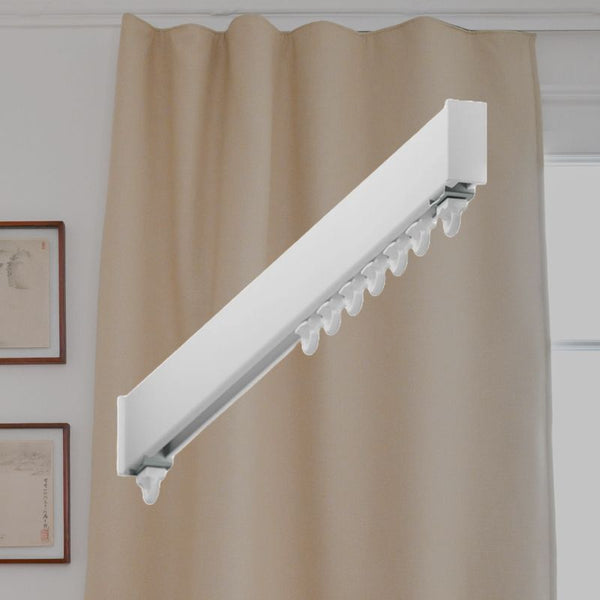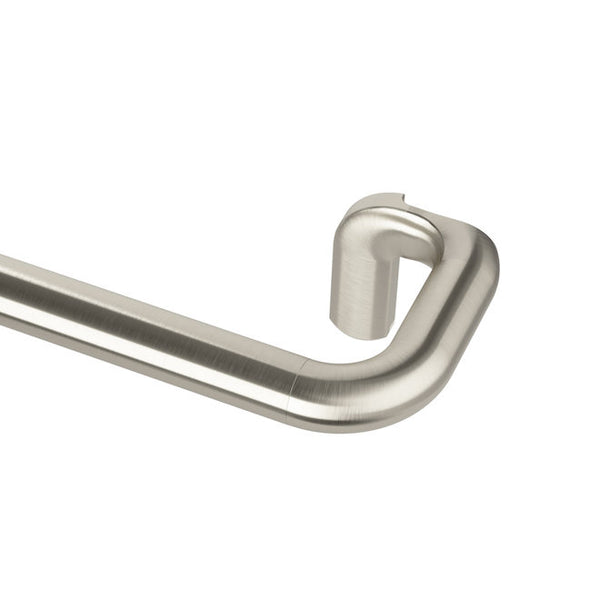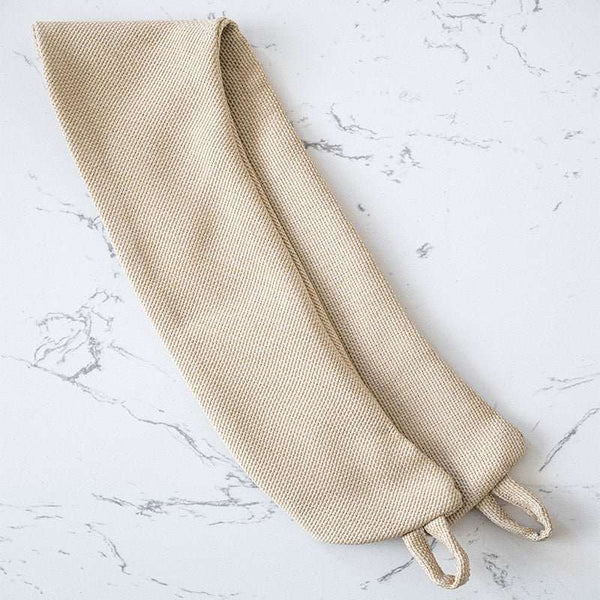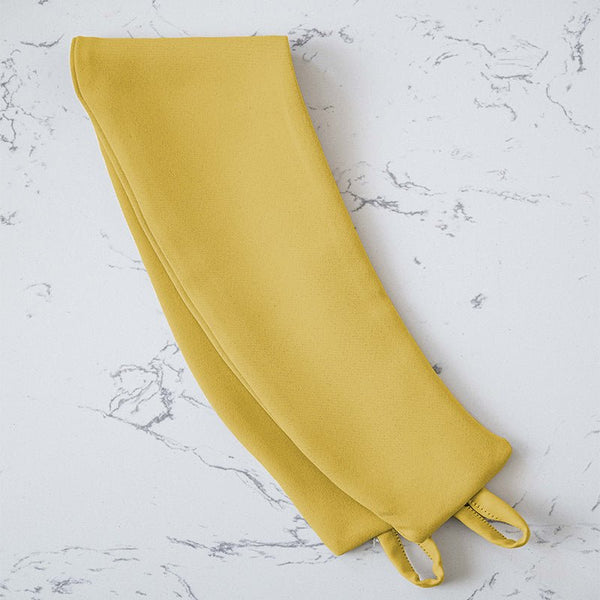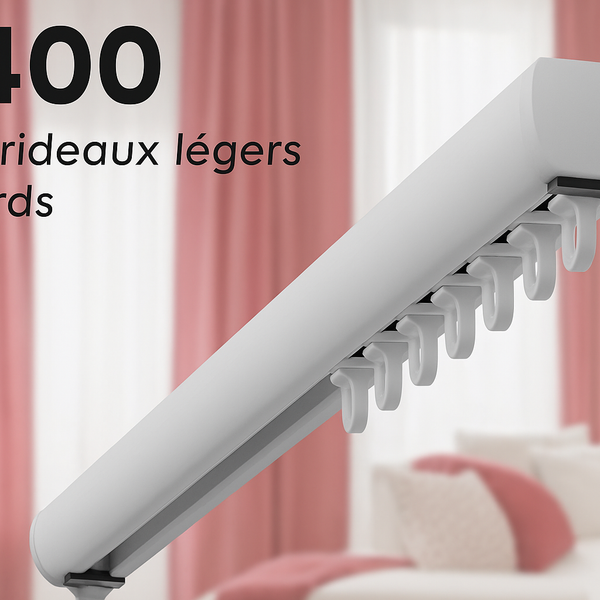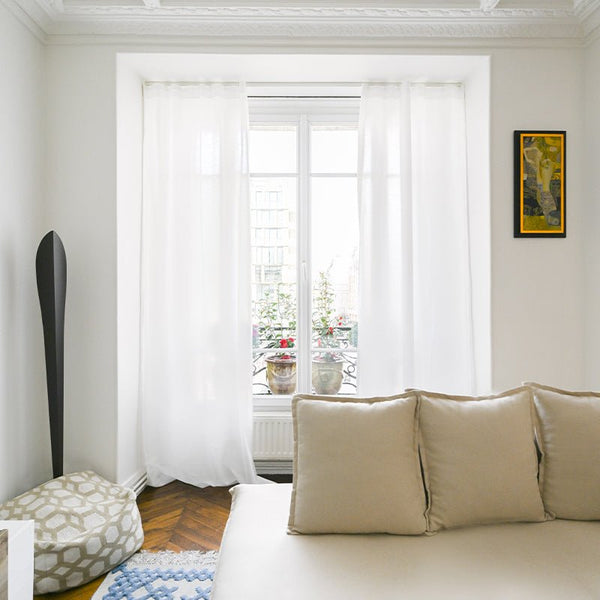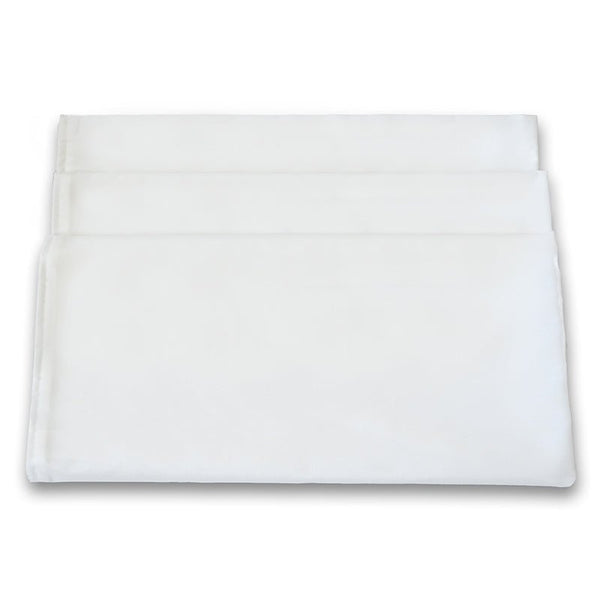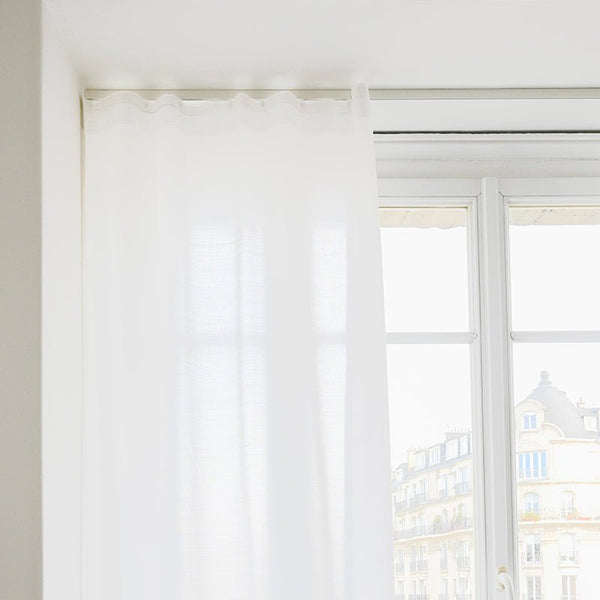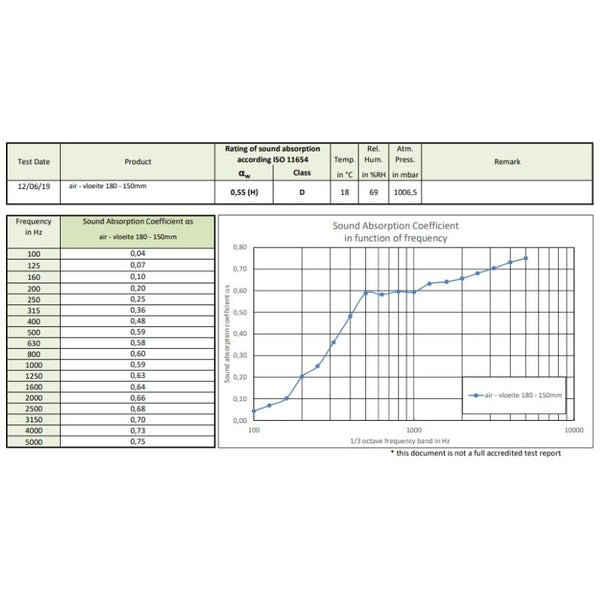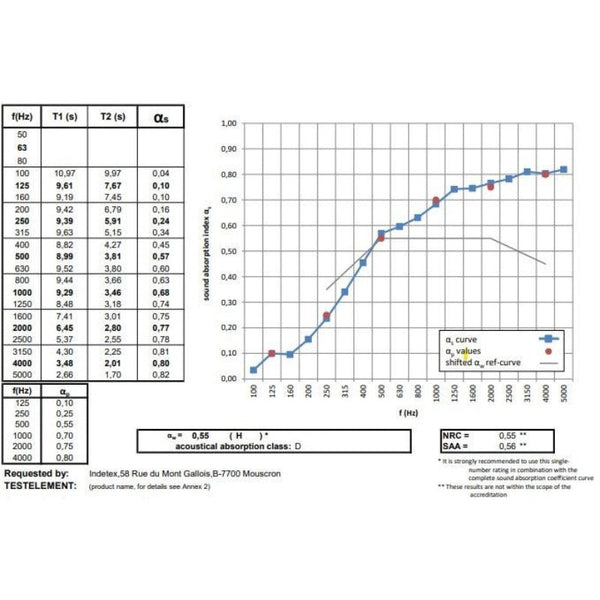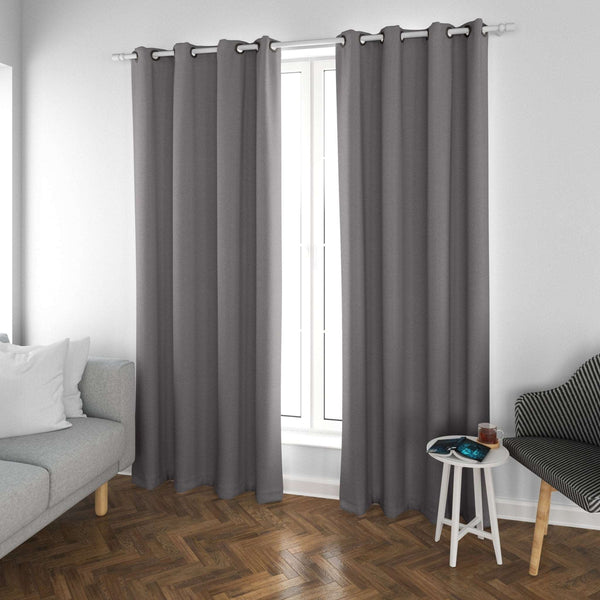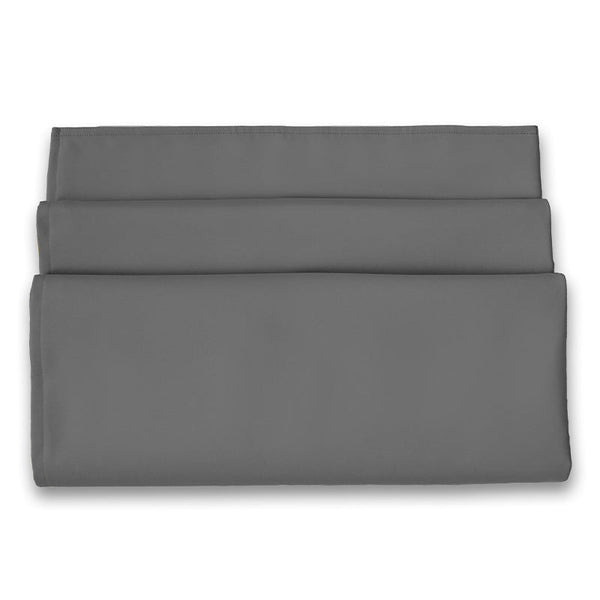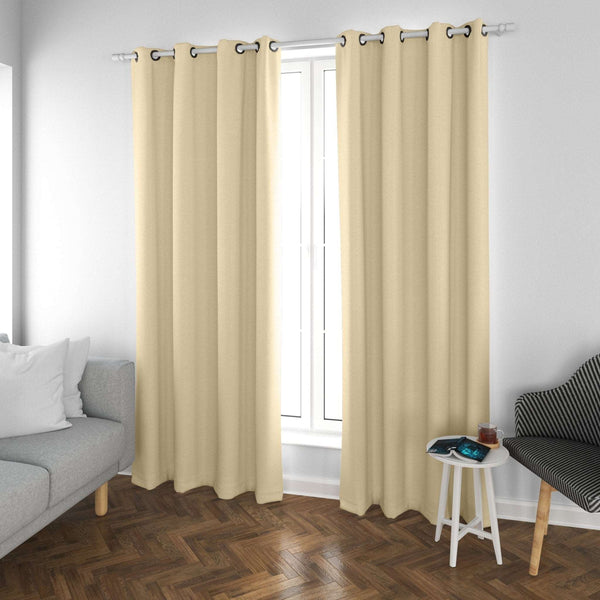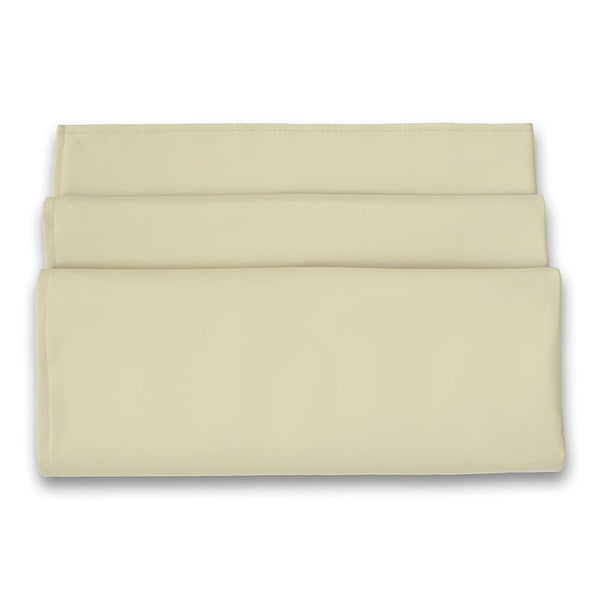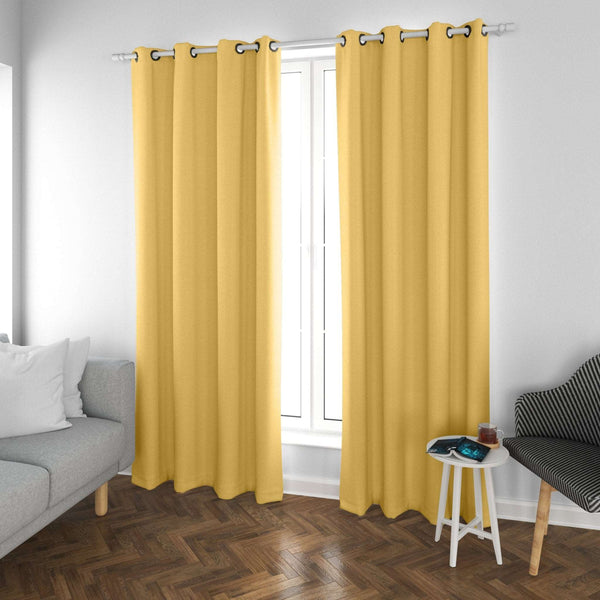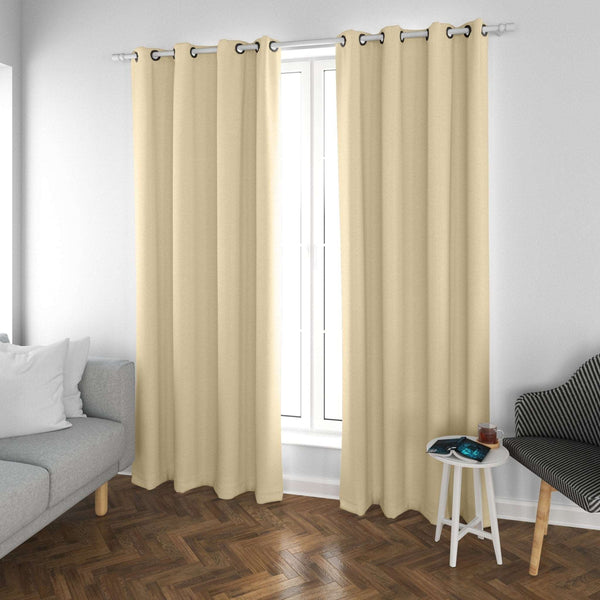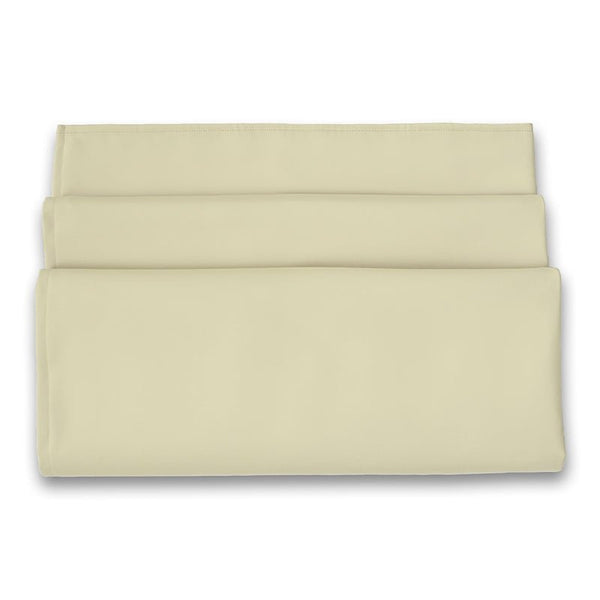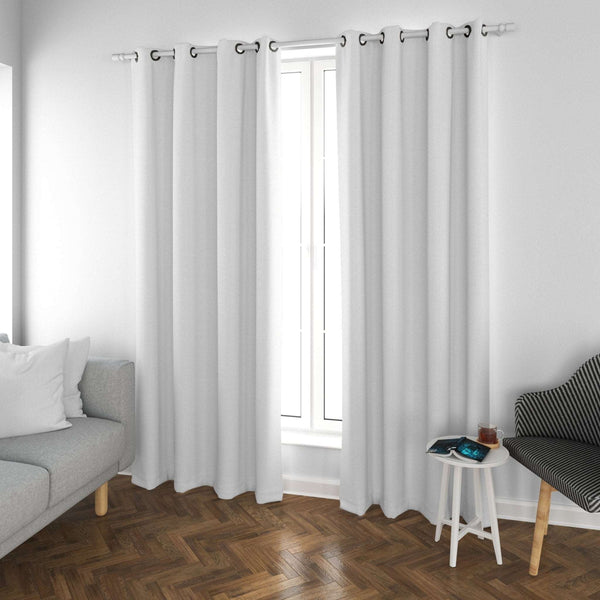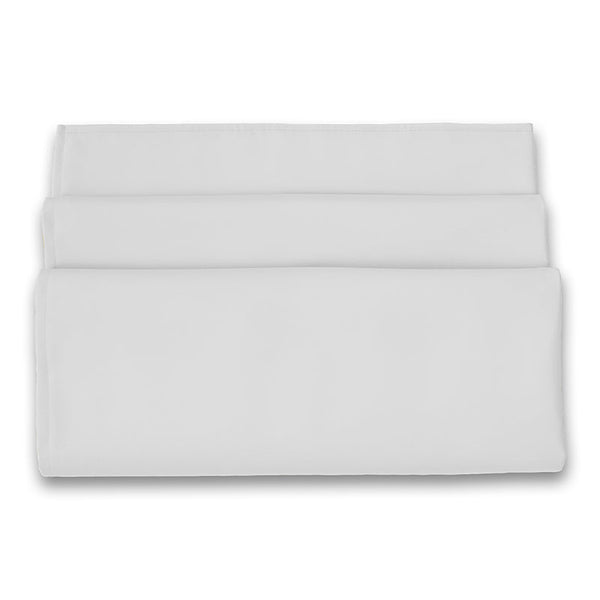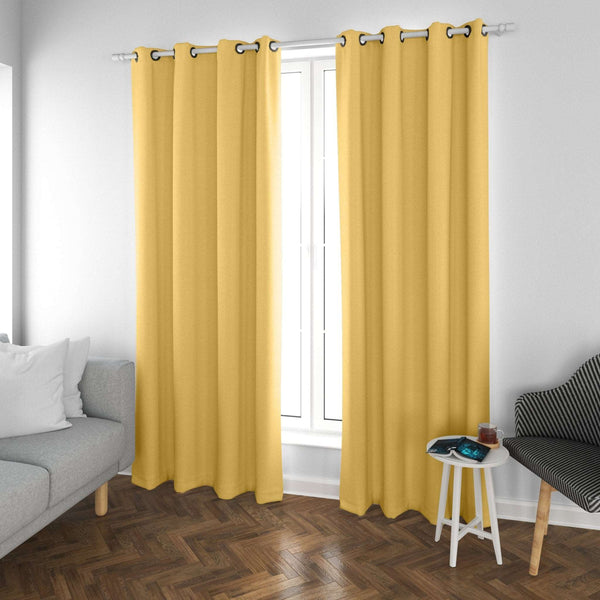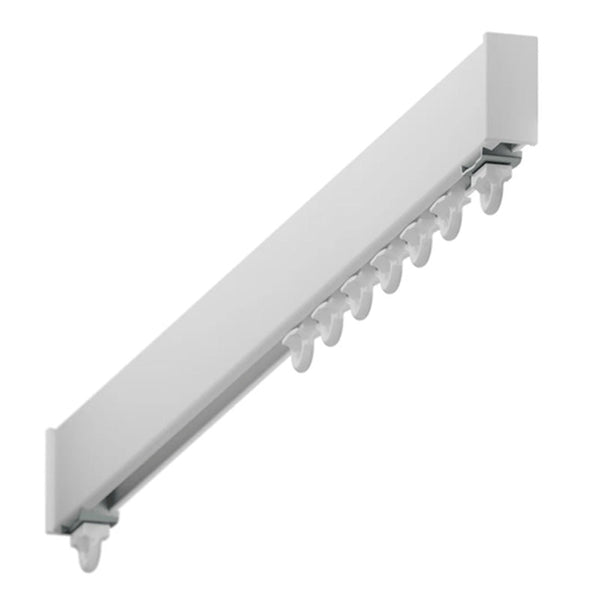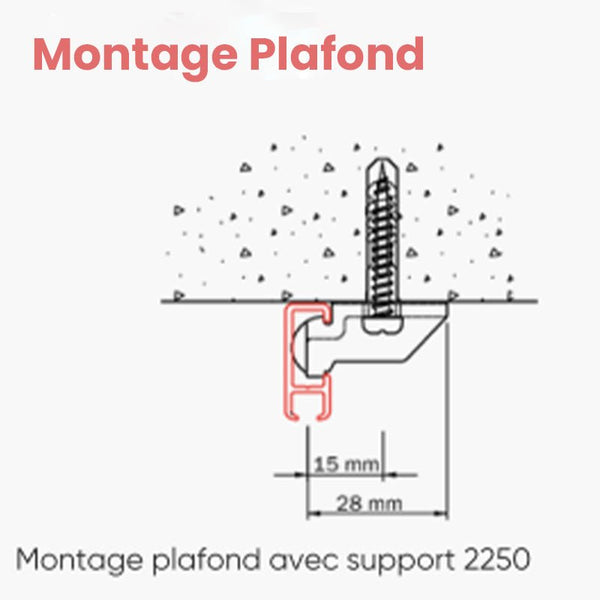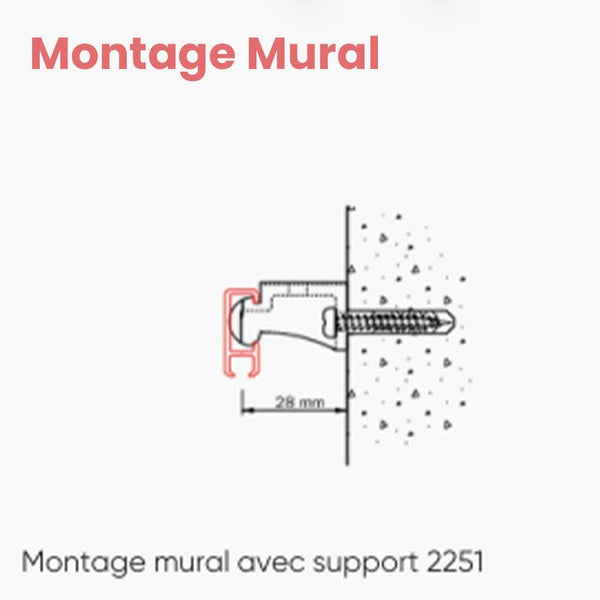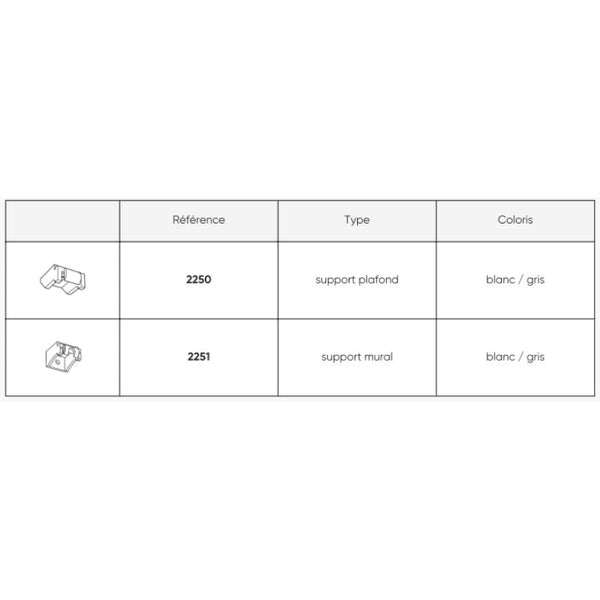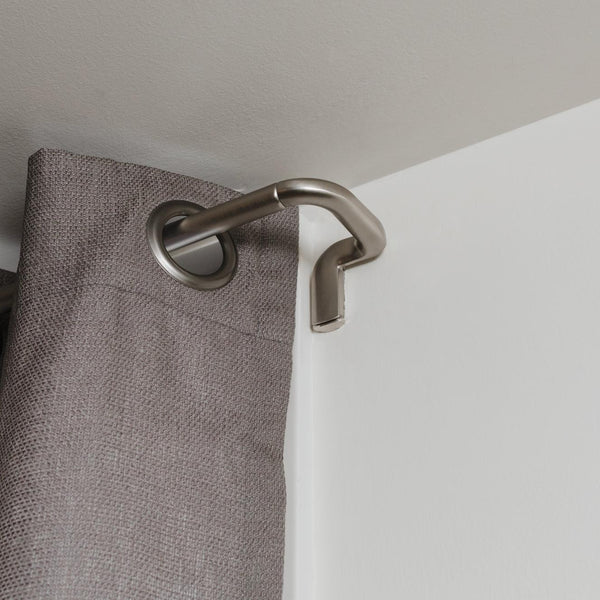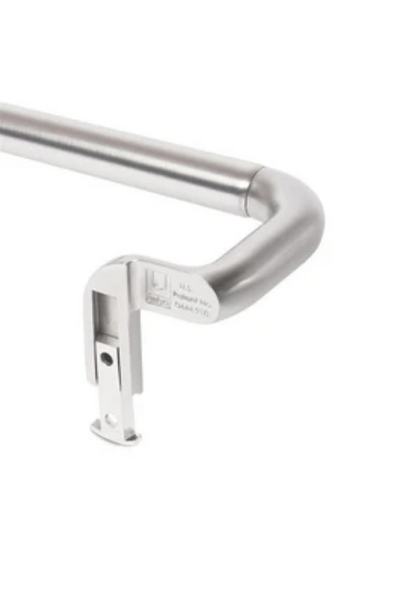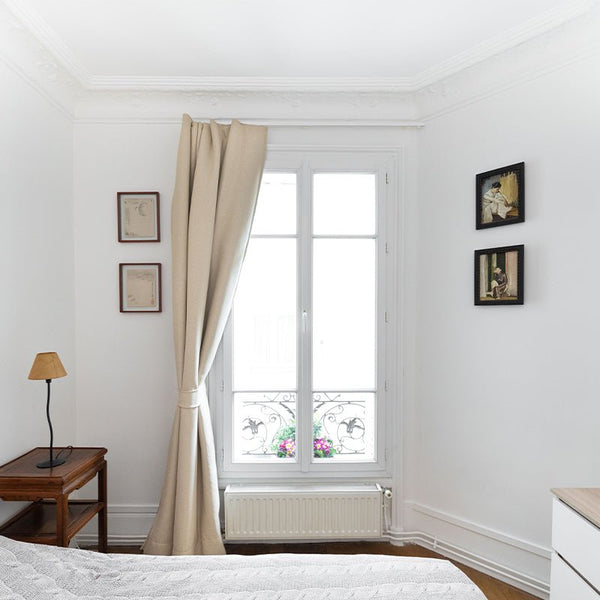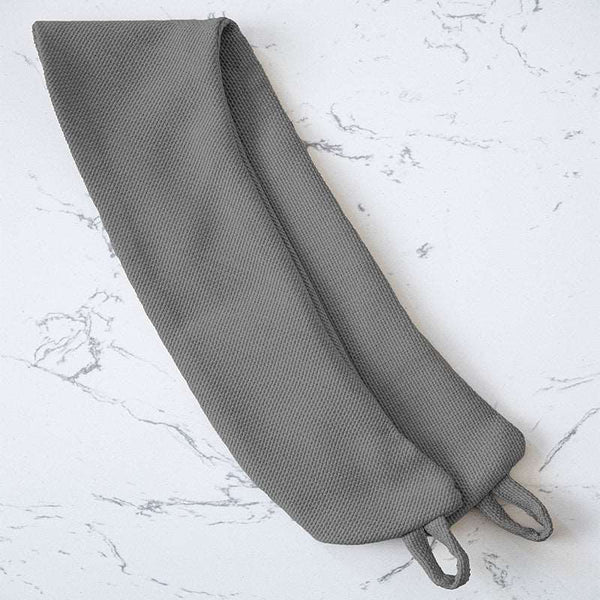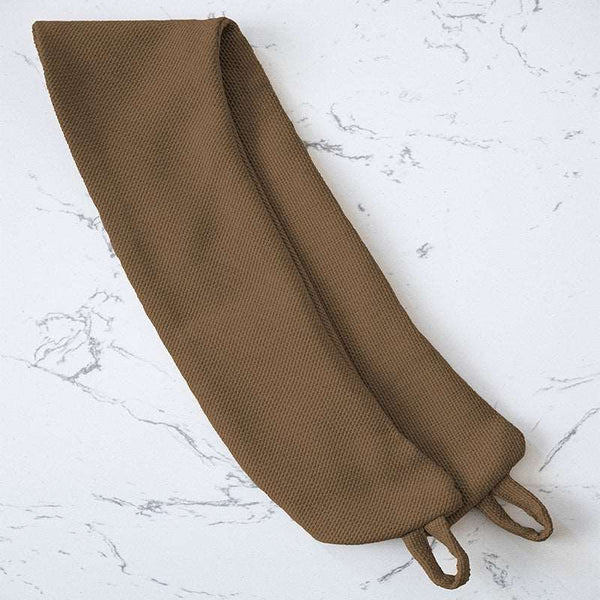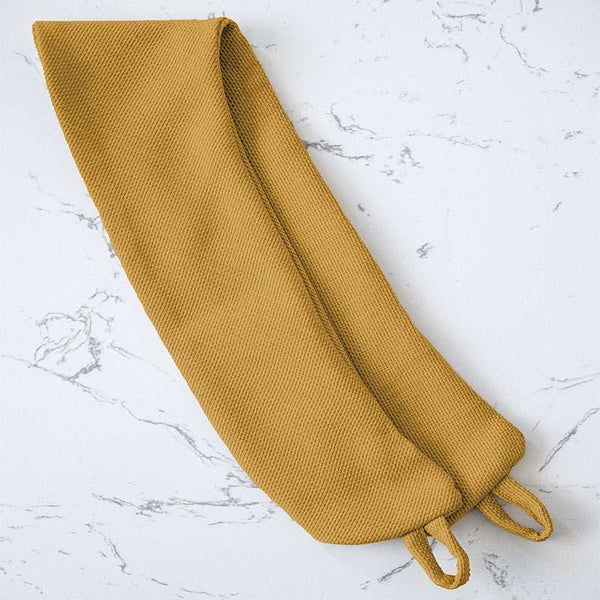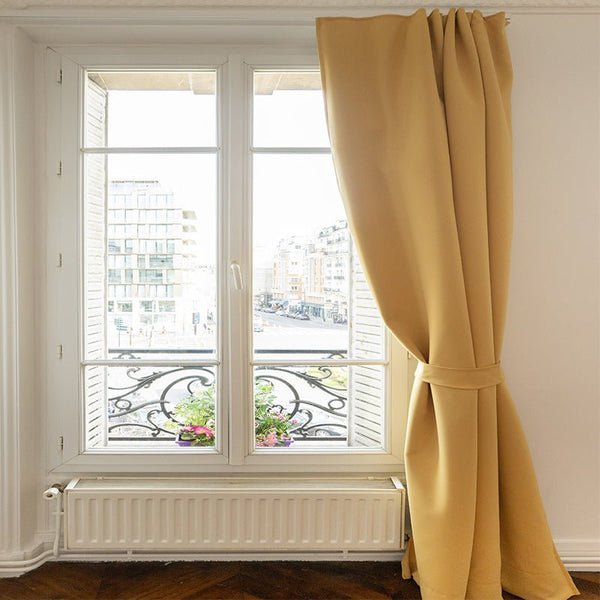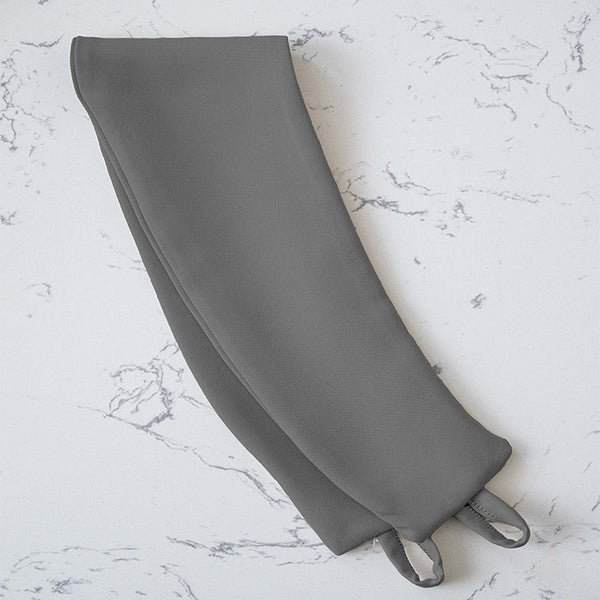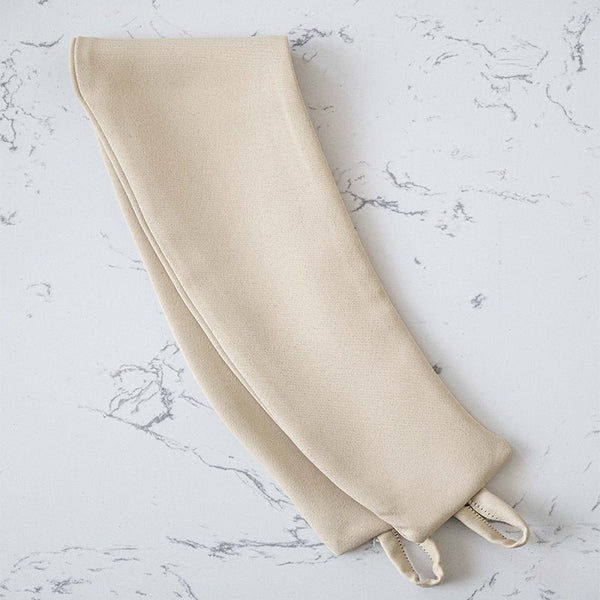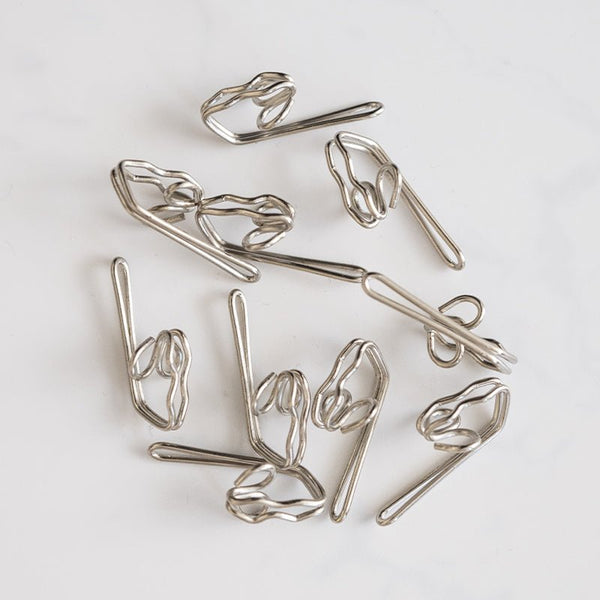Whether it's airborne noise, neighborhood noise or traffic noise, many people have to deal with noise pollution on a daily basis. But not everyone can afford soundproofing. To improve soundproofing and enjoy greater sound comfort, the best alternative is to install soundproofing curtains. What's more, they offer other advantages such as sound absorption. So, how do you choose a soundproof curtain? Here's some practical advice.
What is a soundproof curtain?
Definition and operating principle of noise curtains
Anti-noise curtains or acoustic curtains are made from specific materials to reduce sound reverberation in a room. It is an effective means of combating ambient noise. By installing an effective anti-noise curtain in front of your windows, you can absorb unwanted sound waves, as it works like a sponge. It minimizes noises, vibrations, sounds and echoes.
Why consider a soundproof curtain?
Noise control curtains can be used to deal with a wide range of noise problems. Here are a few common uses.
In urban areas
Working or living in a noisy urban area can be stressful. Noise comes from a variety of sources, including traffic, industrial activities and human activities such as music and conversation. To create a calm environment conducive to concentration or relaxation, insulating curtains are the best solution.
In the apartments
People living in apartmentscan be exposed to noise from neighbors and outside. However, by installing acoustic curtains in front of their windows, they can restore calm in all rooms and improve their quality of life.
In recording studios
Noise curtains are effective in reducing sound disturbance and echoes in recording studios.
Noise curtain materials
To know how to choose a noise-reduction curtain, it's important to know the materials used to make it.
Presentation of the different materials used
Acoustic curtains are made from a variety of materials:
- thick fabrics: velvet, jacquard, natural felt and thick cotton can significantly improve soundproofing;
- Special insulating materials: to block sound effectively, certain insulating materials can also be incorporated into soundproof curtains, such as rock wool and fibreglass;
- thermal lining: some curtain models feature a special lining to improve both soundproofing and thermal insulation;
- the acoustic membrane: when an insulating curtain includes an acoustic membrane, it is capable of reflecting sound waves.
How do these materials absorb or block sound?
Noise curtain materials can stop, reflect or absorb sound waves. Some models feature rubber sheets designed to block the passage of sound. Thick-fabric curtains, on the other hand, are designed to absorb sound waves by transforming them into energy. Finally, curtains with acoustic membranes reflect some of the sound that hits them, helping to minimize sound reverberation.
Selection criteria for noise curtains
The question arises: how do I choose a noise-reduction curtain? Here are some selection criteria to consider.
Fabric density and thickness: their importance in curtain efficiency
Noise protection curtains are made up of several layers of fabric. The more layers, the more effective the curtain. A thick, dense fabric has more fibers capable of absorbing sound or preventing its transmission through it.
Noise reduction levels and the importance of product certification
The noise reduction level of a sound curtain is expressed in decibels. This is an essential selection criterion, as it determines its performance. Indeed, a basic model can minimize noise pollution by 5 to 7 db, while a more effective model can reduce it by around 12 to 18 db. Also, pay attention to certification. An acoustic curtain must comply with the ISO 354 standard. This standard assesses the performance of sound-absorbing materials.
Aesthetic and functional aspects
So how do you choose a noise-reduction curtain? Consider both aesthetic and functional aspects.
How do you choose a curtain to match your interior decor?
Soundproof curtains come in a wide range of fabrics, colors, patterns and textures. You can easily find models to match your interior decor. It's a good idea to choose curtains that complement the style and color palette you've chosen. Likewise, make sure they fit your rails or rods.
Customization options: colors, patterns and finishes
Acoustic curtains are as customizable as you like. You can select the color, pattern and finish you want from a specialist. Whether you prefer neutral tones, geometric patterns or metal eyelets, he'll be able to meet your expectations. Custom-made curtains are also available.
Installation and maintenance
Detailed instructions for correct installation
To install your soundproof curtains, you'll need a rod and several rings. To begin, drill holes above your window. These will enable you to secure the rod brackets with screws. Next, thread the curtain rings onto the rod, making sure they cover the window perfectly and are evenly distributed.
Curtain care tips
To maximize the effectiveness of acoustic curtains and maintain their performance for longer, dry-cleaning is the best choice. However, in addition to washing, you can also remove embedded dust and dirt with a vacuum cleaner. Finally, take care to handle your curtains gently to preserve their structural integrity.
Nokomis, your expert in soundproof curtains for your home
Are you looking for insulating curtains to attenuate echoes in a room or reduce outside noise? Put your trust in Nokomis. We offer a wide choice of models for your windows. Renowned for their incomparable quality and unrivalled performance, our soundproof curtains will maximize your comfort and enhance your interior design.
